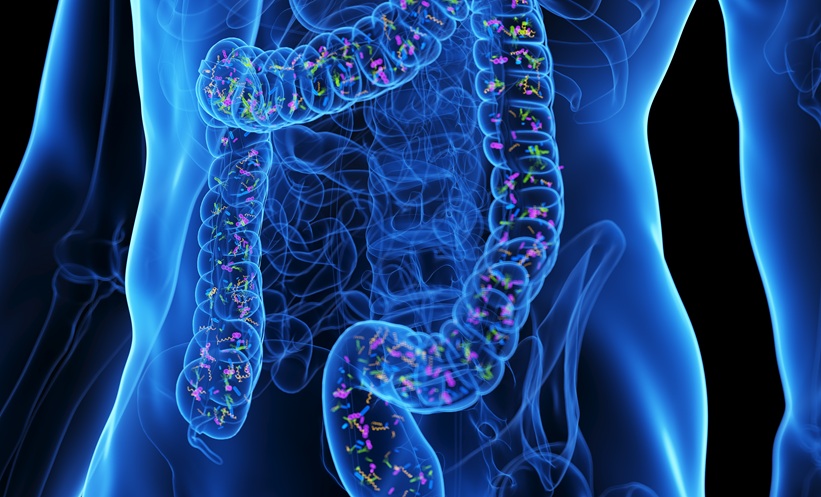BACKGROUND AND AIMS
Hepatocellular carcinoma (HCC), the main form of primary liver cancer, is an increasingly prevalent and highly heterogeneous disease.1,2 Owing to its complexity, effective therapeutic strategies remain limited, making HCC a leading cause of cancer-related deaths worldwide.3 Recent immunomodulatory strategies have achieved unprecedented results, revolutionising the HCC treatment landscape. However, only a small proportion of patients respond to treatments, with modest survival benefit, underscoring the need for novel combinatorial strategies targeting the tumour microenvironment (TME).
One such strategy involves the use of pro-senescence therapy, whereby cellular senescence is enforced in cancer cells to restrict their proliferation.4 Beyond their cell-autonomous tumour-suppressive effects, senescent tumour cells can also influence the TME, offering promising therapeutic potential.
CDC7 inhibition (CDC7i) was previously identified as a promising pro-senescence treatment in Tp53-deficient tumours in earlier work from this group.5,6 This study investigates the dynamic interactions between senescent tumour cells and the TME, focusing on tumour-associated macrophages (TAM) and their niche-specific roles during pro-senescence therapy.
METHODS
In this study, a Tp53-deficient HCC mouse model was used to evaluate the effects of CDC7i-induced cancer cell senescence on the liver TME. Two time points were selected for in-depth TME analyses, based on the kinetics of senescence induction in cancer cells, allowing TME changes during distinct phases of therapy response to be captured. At these stages, histological and spatial analyses were performed to study vasculature remodelling, T cell infiltration, and TAM distribution. To unravel TAM reprogramming during treatment, single-cell RNA sequencing was combined with high-dimensional spectral flow cytometry. Finally, to assess the translational relevance of the findings, tissue microarrays of 488 human HCC samples were analysed,7 integrating TAM profiles and location with patient survival data.
RESULTS
Two distinct phases of therapy response were observed following CDC7i treatment. The initial response phase, characterised by progressive senescence induction in cancer cells, was accompanied by extensive extracellular matrix reorganisation, tumour vascular remodelling, accumulation of exhausted T cells, and increased abundance of TAMs. Following this response phase, senescence induction was lost (therapy resistance, non-response phase), and the effects on tumour vasculature and T cell responses waned. In contrast, TAM accumulation persisted, suggesting a role for TAMs in limiting therapy response. Supporting this hypothesis, pan-macrophage blockade through anti-CSF-1R treatment enhanced pro-senescence therapy efficacy in vivo.
Analysis of TAM functions revealed that TAM subsets displayed enhanced T cell activation features during the treatment response phase, along with angiogenic capacities. This corroborated the enhanced T cell engagement and tumour vasculature remodelling observed during the initial response phase to CDC7i. As resistance emerged, TAMs were enriched in angiogenic CD36+ subsets localised in perivascular and hypoxic niches, with the latter displaying heightened immunosuppressive features. These findings highlight the influence of local microenvironmental cues in shaping TAM phenotype during pro-senescence therapy.
Spatial analysis of a large human HCC dataset7 confirmed the perivascular and hypoxic localisation of CD36+ TAMs, corroborating findings from the HCC mouse model. Importantly, niche-specific CD36+ TAMs significantly correlated with different patient prognoses, suggesting distinct functions for these cells depending on the tumour niche they reside in.
CONCLUSION
This study reveals that pro-senescence therapy reshapes the HCC TME in a niche-specific manner, mainly by modulating TAMs. The identification of angiogenic and immunosuppressive CD36+ TAMs within hypoxic niches underscores their role in tumour progression and therapy resistance. This highlights CD36 as a potential therapeutic target to improve the efficacy of pro-senescence strategies in liver cancer.







